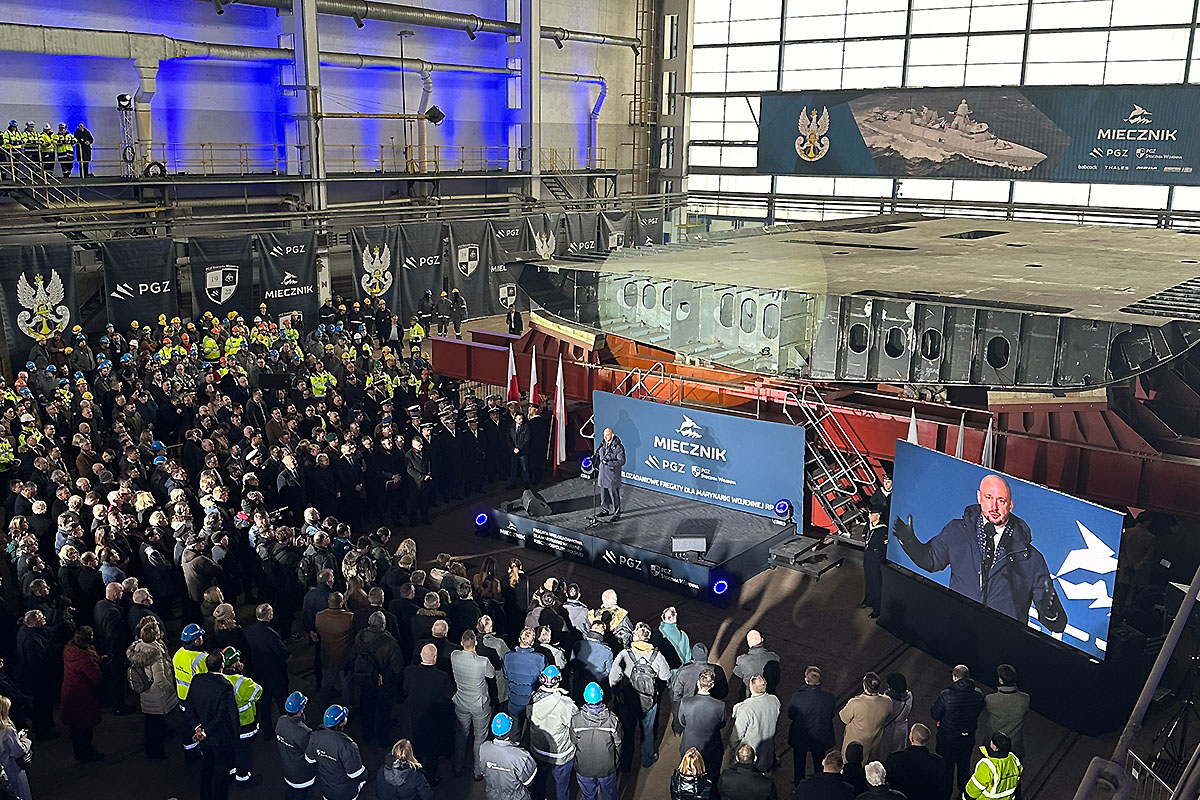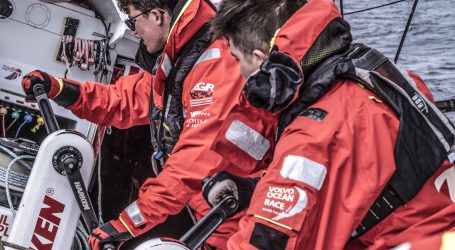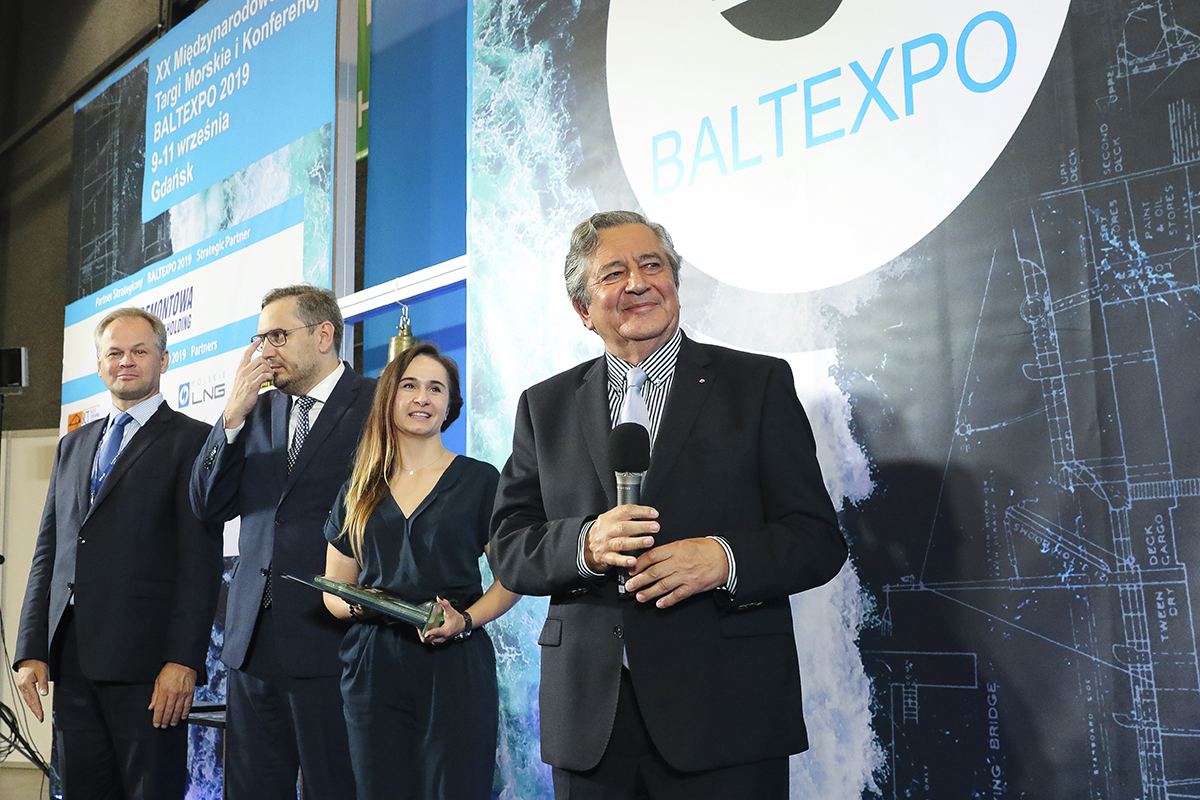As part of the programme to acquire three multi-role frigates under the code name ‘Swordfish’, another milestone was realised on 31 January 2024. A ceremony was held at the PGZ Naval Shipyard in Gdynia to lay the keel for the first of the Project 106 vessels – the future ORP Wicher.
The ceremony, attended by representatives of central and local authorities, the Polish Armed Forces, the Polish defence industry, business partners and others involved in the programme, was the first in 23 years to lay the keel for a new combat vessel for the Polish Navy at Jana Śmidowicza Street in Gdynia.
The keel in question is formally the bottom block of the future ORP Wicher with the number DB 04. In accordance with the regulations and provisions of the classification society in force, this object had to meet the requirements that allow further work on a vessel of this class. The block weighs more than 120 tonnes and measures 24 metres long by 18 metres wide. As part of the ceremony, a commemorative coin was welded into the bottom of the keel and a plaque with the date of its laying.
“The ceremony of laying the keel for the future ORP Wicher is more than just the fulfilment of the custom with which shipbuilders or, more broadly, Seafarers celebrate the birth of a new vessel. The finalisation of work on the bottom block of the first of the three multi-purpose ‘Swordfish’ is a caesura marking the beginning of a new stage in the history of the shipbuilding industry, the Polish Navy and our homeland. This is the first time that such a significant combat vessel is being built on Polish soil for Polish sailors, one of the pillars of our maritime security, which is an asset for the whole nation and our contribution to peace on the waters, seas and oceans of the world,” – PGZ SA CEO Sebastian Chwałek said in his speech.
“Babcock is proud to partner with the PGZ-Miecznik consortium to support the delivery of new ships for the Polish Navy. The keel laying ceremony represents a milestone in the construction programme. demonstrating the progress made in this national endeavour. The ‘Swordfish’ under construction, is based on Babcock’s Arrowhead 140 frigate design – which is also the foundation for the new Type 31 frigates being built for the UK,” – Paul Armstrong, Chief Executive of the Marine section at Babcock, said. “Our relationship with our partners in Poland is strengthening as we share knowledge, technology and experience across our project teams, which will continue to be developed over the coming months and years,” – he added.
“It would not be today’s ceremony without the changes that our shipyard has undergone in recent times. But these changes are not just the result of the arrival of modern halls, efficient machinery on which ‘Swordfish’ are already being built, the professionalisation of the company’s management or the implementation of tools that are used in state-of-the-art companies. These changes are primarily the result of the crew’s trust in the Management Board and the good, joint work of our team – workers, engineers and purchasing and co-operation specialists, thanks to whom we have managed to turn the shipyard’s fortunes around over the past few years – from bankruptcy to a profit-generating company cooperating with world-class players”. – emphasised Paweł Lulewicz, President of PGZ Naval Shipyard – host of the ceremony.
The keel-laying ceremony is, in the tradition of seafarers, a ceremony organised to mark the completion of the first of the construction stages of a new vessel. Historically, the keel, which was the axis of a ship’s structure, usually served as the keel of a new vessel. Nowadays, due to advances in naval technology, the classic keel has been superseded by flat keels, which are usually one or more bottom sections or a block of the new ship.
Multipurpose frigates of the ‘Swordfish’ type, also known as Project 106 vessels, will increase the Polish Navy’s ability to conduct observation and control of sea areas, protect sea bases, combat surface, underwater and land targets located in the coastal zone, as well as conduct air defence of the country from the sea direction. Due to their high air defence capabilities, they will be a very valuable contribution to allied operations carried out within the North Atlantic Alliance.
Photos: PGZ Stocznia Wojenna
Source: PortalMorski.pl




